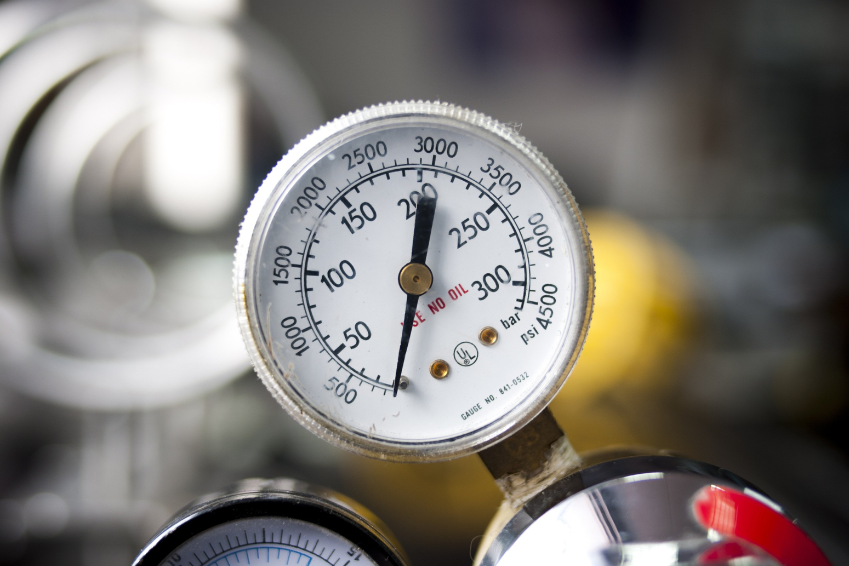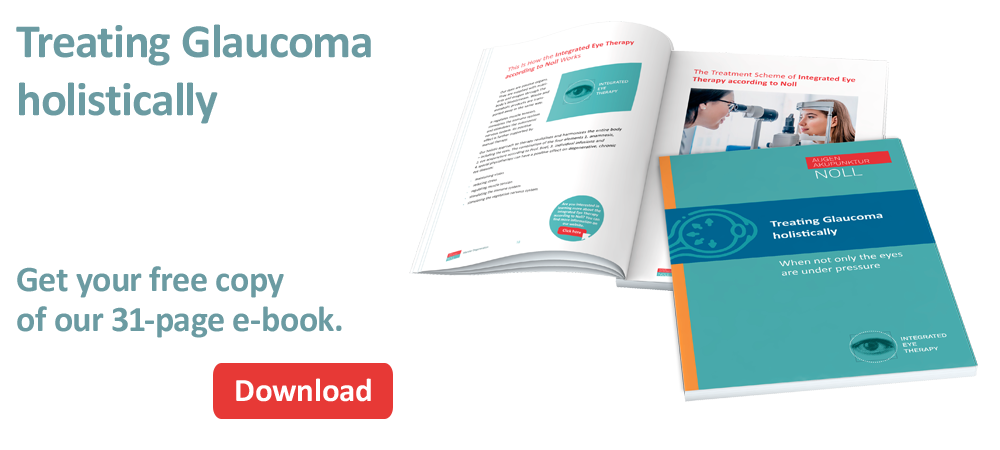Increased intraocular pressure (IOP) as a cause of Glaucoma

The reasons for increased intraocular pressure (IOP) as a cause of glaucoma can be diverse
Increased intraocular pressure, also known as intraocular pressure (IOP), is a crucial cause of glaucoma.
Glaucoma is a progressive disease that affects the optic nerve and, if left untreated, can lead to irreversible visual impairment or even loss of vision.
Intraocular pressure (IOP) plays a significant role in this by damaging the optic nerve and nerve fibres in the eye.
Intraocular pressure: The role of aqueous humour for our vision
Intraocular pressure is caused by the production and drainage of aqueous humour in the eye. The aqueous humour is a clear fluid that is produced in the anterior chamber of the eye and then drained through the trabecular meshwork canal to maintain normal intraocular pressure.
This pressure is important to maintain the shape of the eye and thus the ability to see.

However, increased IOP can occur when either the production of aqueous humour is increased or the outflow is obstructed. This leads to an accumulation of aqueous humour in the eye and consequently to increased pressure.
The exact reasons for increased intraocular pressure (IOP) can vary
Among the potential causes of increased intraocular pressure are:
- Blockage of the trabecular meshwork: The trabecular meshwork, through which the aqueous humour should drain, may be blocked, inhibiting fluid outflow.
- Genetic predisposition: A family predisposition may increase the risk of glaucoma. Certain gene variants have been identified that are associated with an increased risk of glaucoma.
- Age: The risk of glaucoma increases with age because the eye’s ability to drain aqueous humour may decrease over time.
- Ethnicity: Some ethnic groups have a higher risk of glaucoma, such as African or Latin American people.
- Corneal thickness: A thinner cornea can increase the risk of glaucoma because it may not buffer the pressure in the eye adequately.
- Eye injury or inflammation: Previous injury or inflammation of the eye can affect the drainage of aqueous humour and lead to increased IOP.
- Myopia (nearsightedness): People with high myopia often have an increased risk of glaucoma because their eye has a longer axis, which can increase pressure in the eye.
- Systemic health conditions: Certain conditions such as diabetes or high blood pressure can negatively affect blood flow in the eye and influence IOP.
Gradual danger for the eye: increased intraocular pressure
Increased IOP can go unnoticed for a long period of time, as it often causes no pain or obvious symptoms.
This is what makes glaucoma so dangerous, as it is often only detected in advanced stages when irreparable damage to the optic nerve and nerve fibres has already occurred.

